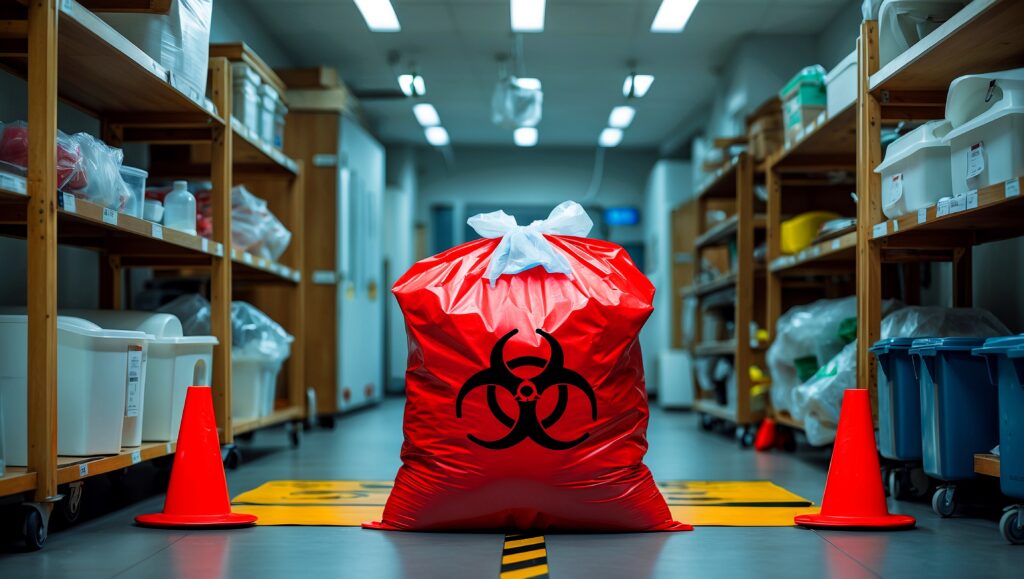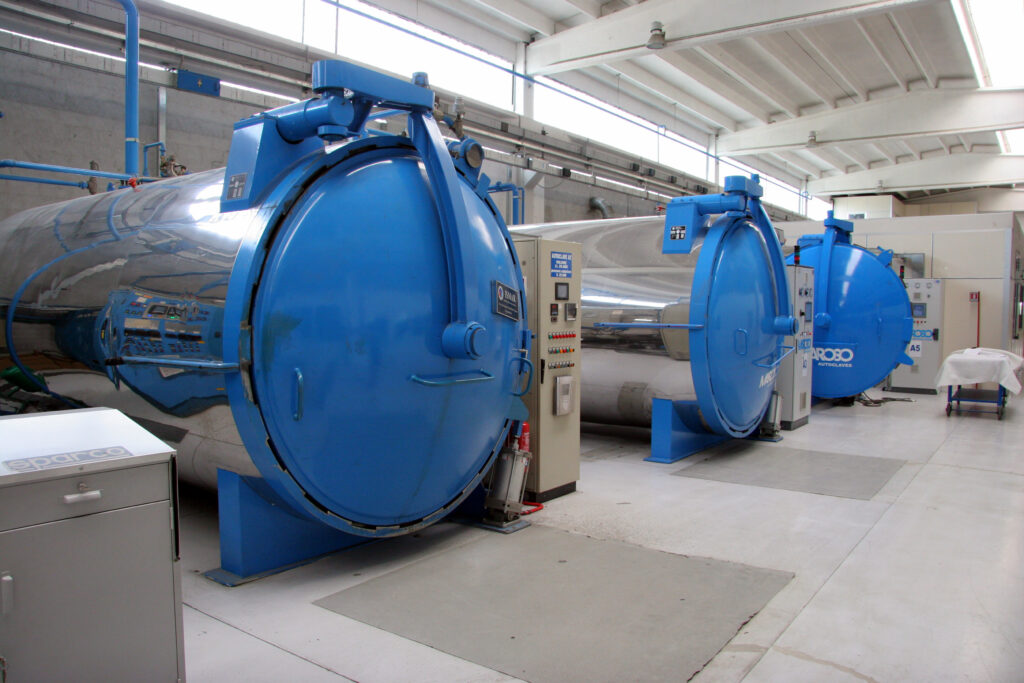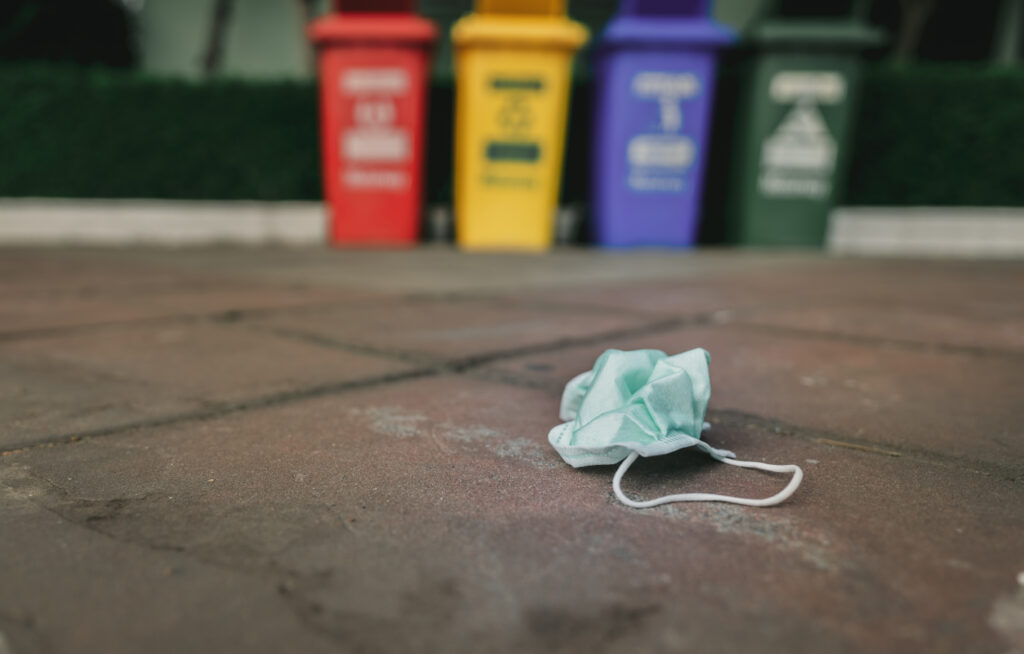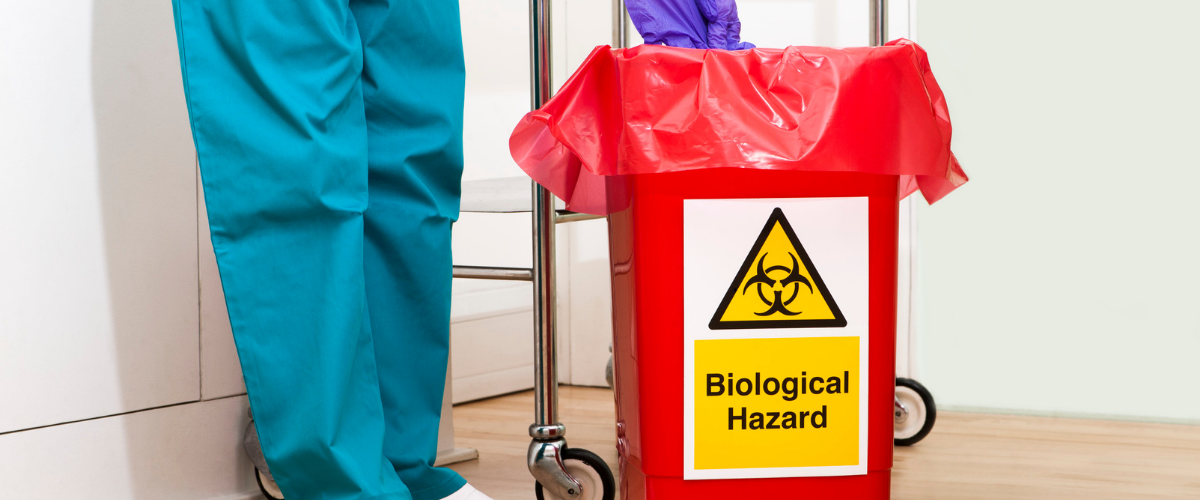A Clear, Compliant, and Safe Journey from Bin to Disposal
Let’s be honest—medical waste disposal isn’t a hot dinner topic. But if you manage a healthcare facility, run a business with sharps use, or simply want to keep your workplace compliant and safe, this topic matters more than you might think.
At Applied Innovation, we handle medical waste so you can focus on what really matters—your patients, your people, and your peace of mind. Here’s what really happens after the lid snaps shut on that red container.
What Is Biohazardous Waste?
Biohazardous waste is any material that poses a risk of infection or harm to people or the environment. Common examples include:
- Sharps (needles, scalpels, blades, broken glass)
- Anatomical waste (tissue and body parts)
- Liquid waste (blood, microbial cultures)
- Contaminated materials (gloves, gowns, lab materials)
If it’s something you wouldn’t want near your morning coffee, it’s likely classified as biohazardous.

The Lifecycle of Medical Waste
Step 1: Collection and Transportation
Biohazard waste starts its journey at the point of generation—exam rooms, labs, or clinics. To ensure safety and compliance:
- Waste is sorted into color-coded, leak-proof containers.
- Sharps go into tamper-resistant containers.
- Licensed professionals transport it under strict regulations.
- Each load is tracked through a manifest system for cradle-to-grave accountability.
Regulatory agencies like the DOT take medical waste transit seriously—and so do we.
2. Treatment: The “Spa Day” for Waste
Once collected, medical waste undergoes sterilization or destruction. Treatment methods include:
- Incineration – Ideal for pathological or pharmaceutical waste. Reduces waste to sterile ash.
- Autoclaving – Uses pressurized steam to sterilize items like sharps and contaminated PPE.
- Chemical Disinfection – Neutralizes infectious liquid waste.
- Microwave and Thermal Methods – Used primarily in research environments for microbiological waste.
Each technique ensures the waste is no longer hazardous and ready for final disposal.

Step 3: Final Disposal – Safe, Secure, and Regulated
After treatment, the waste is either:
- Sent to regulated sanitary landfills
- Re-incinerated (especially for chemotherapy waste)
- Flushed into sanitary systems if in liquid form (and approved)
Disposal doesn’t mean disappearance—it means containment and compliance.
Why Staff Matters
Every staff member—from nurses to janitors—plays a critical role in safe waste management. Responsibilities include:
- Proper sorting and disposal
- Avoiding “sharps contamination” incidents
- Documenting waste handling for audits and compliance
When protocols are followed, risks go down—and safety, compliance, and reputation go up.

The "Cradle-to-Grave" Rule
Under the EPA’s Resource Conservation and Recovery Act (RCRA), waste generators, aka the facilities that create the waste, are responsible from creation to final disposal. That means no cutting corners. If there’s an issue with disposal, the blame doesn’t stop at the hauler, it can circle right back to the generator.
We’re not just a disposal partner—we’re your trusted, compliance ally. Our services include:
- Reusable, tamper-proof containers (sustainable and secure)
- End-to-end waste tracking and reporting
- Custom schedules built around your operations
Waste Not. Risk Not.
Understanding the journey of biohazardous waste isn’t just about compliance—it’s about trust, safety, and environmental responsibility. And that starts with a partner who shows up with technology, training, and transparency.
Have questions or ready to improve your waste management strategy? Let’s talk.
